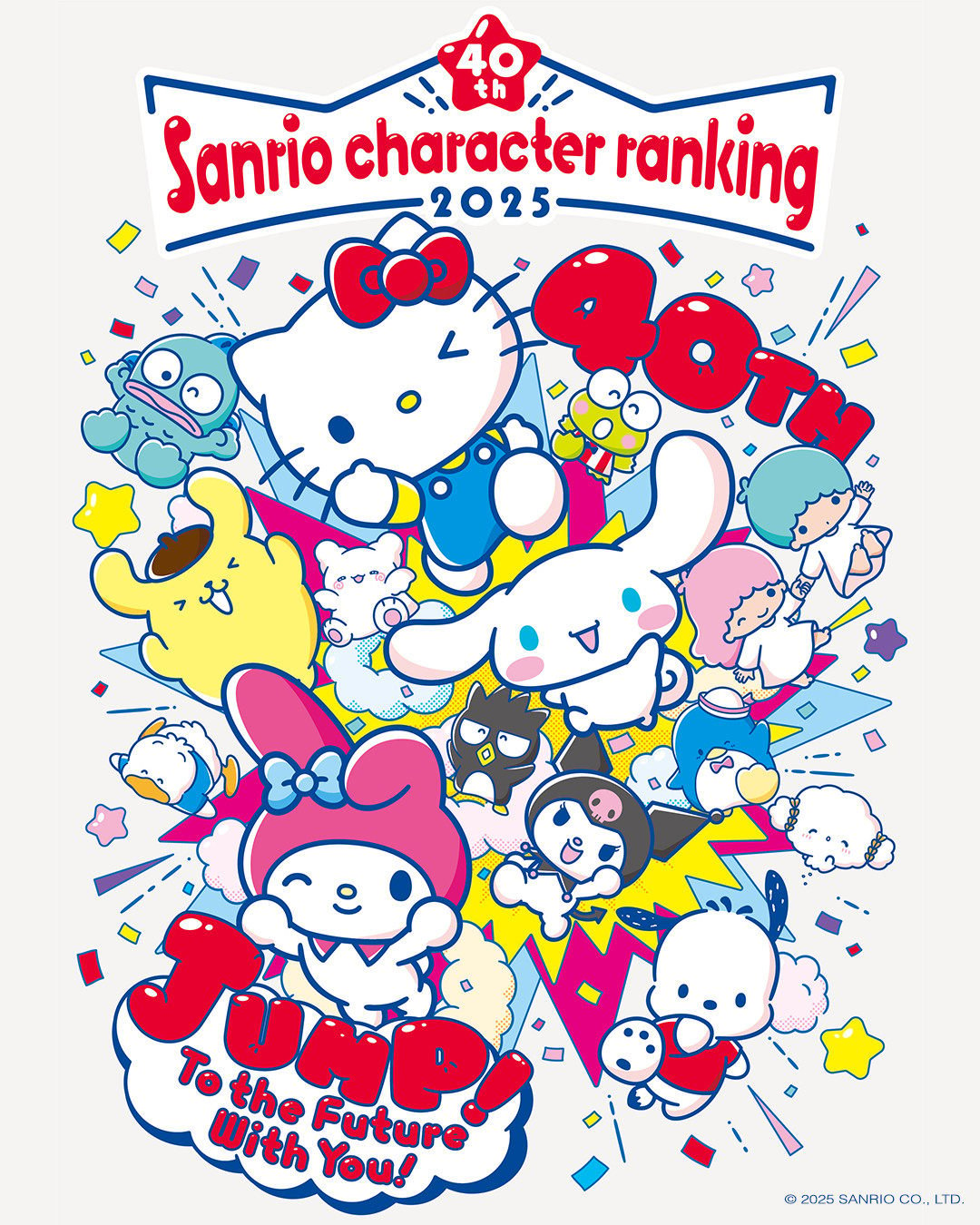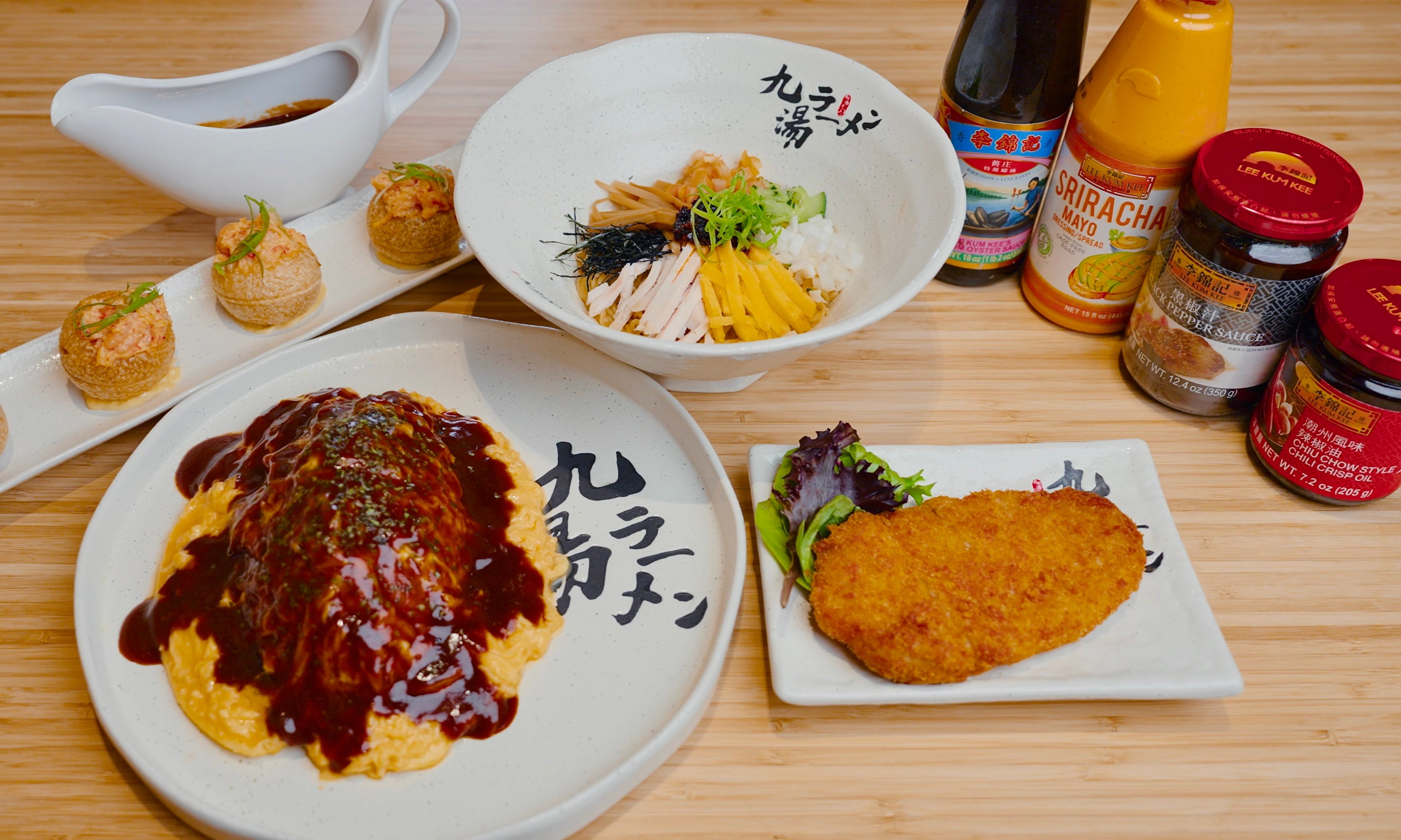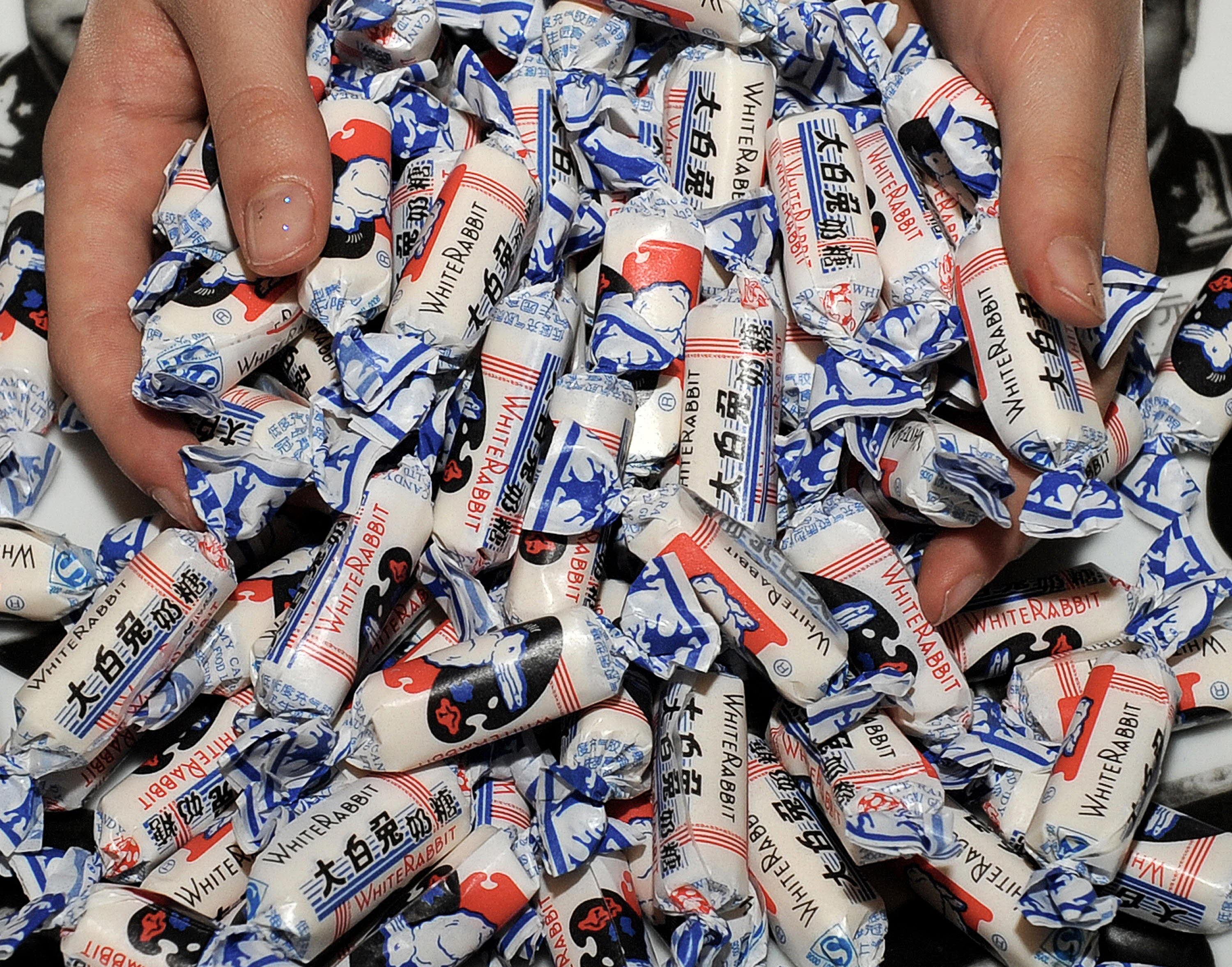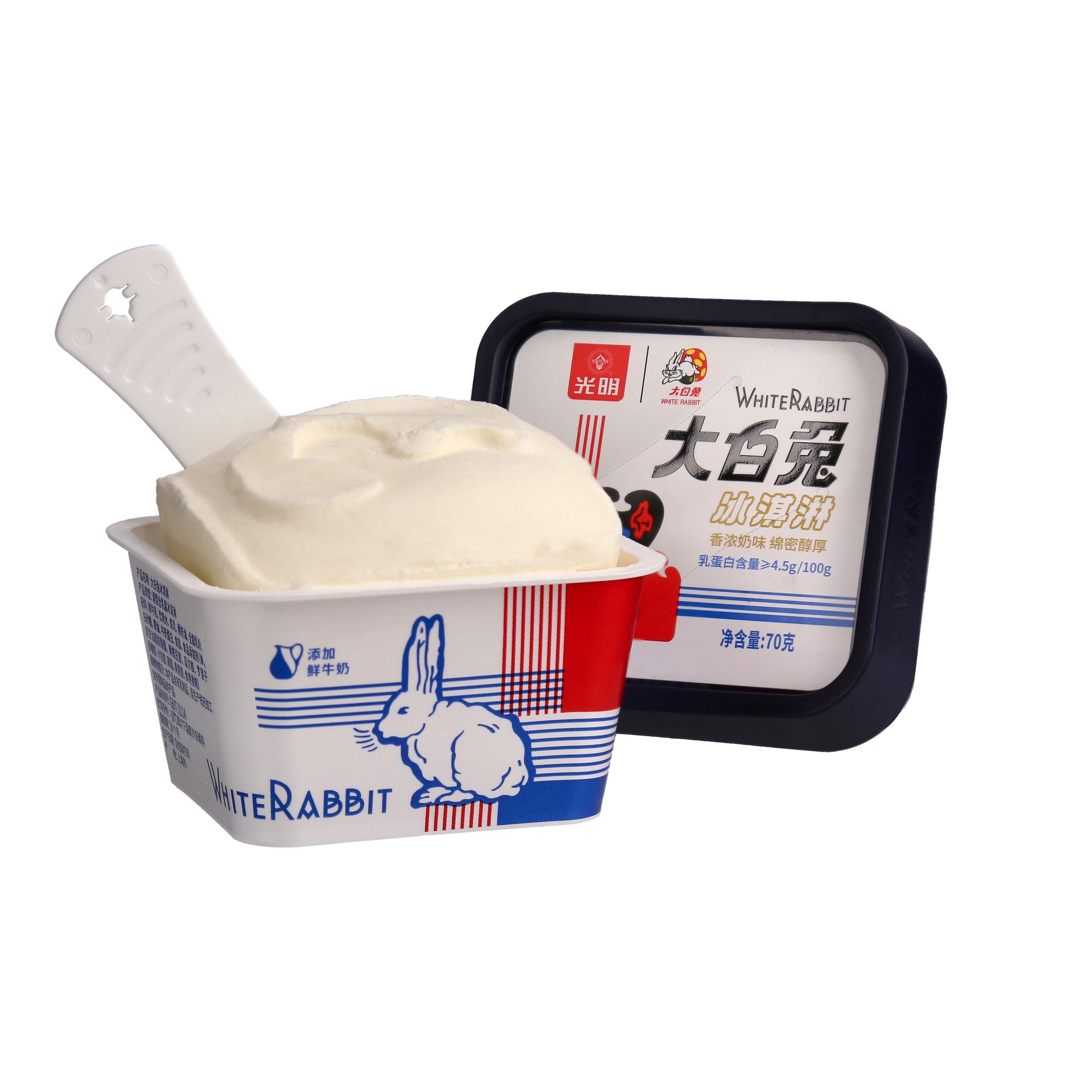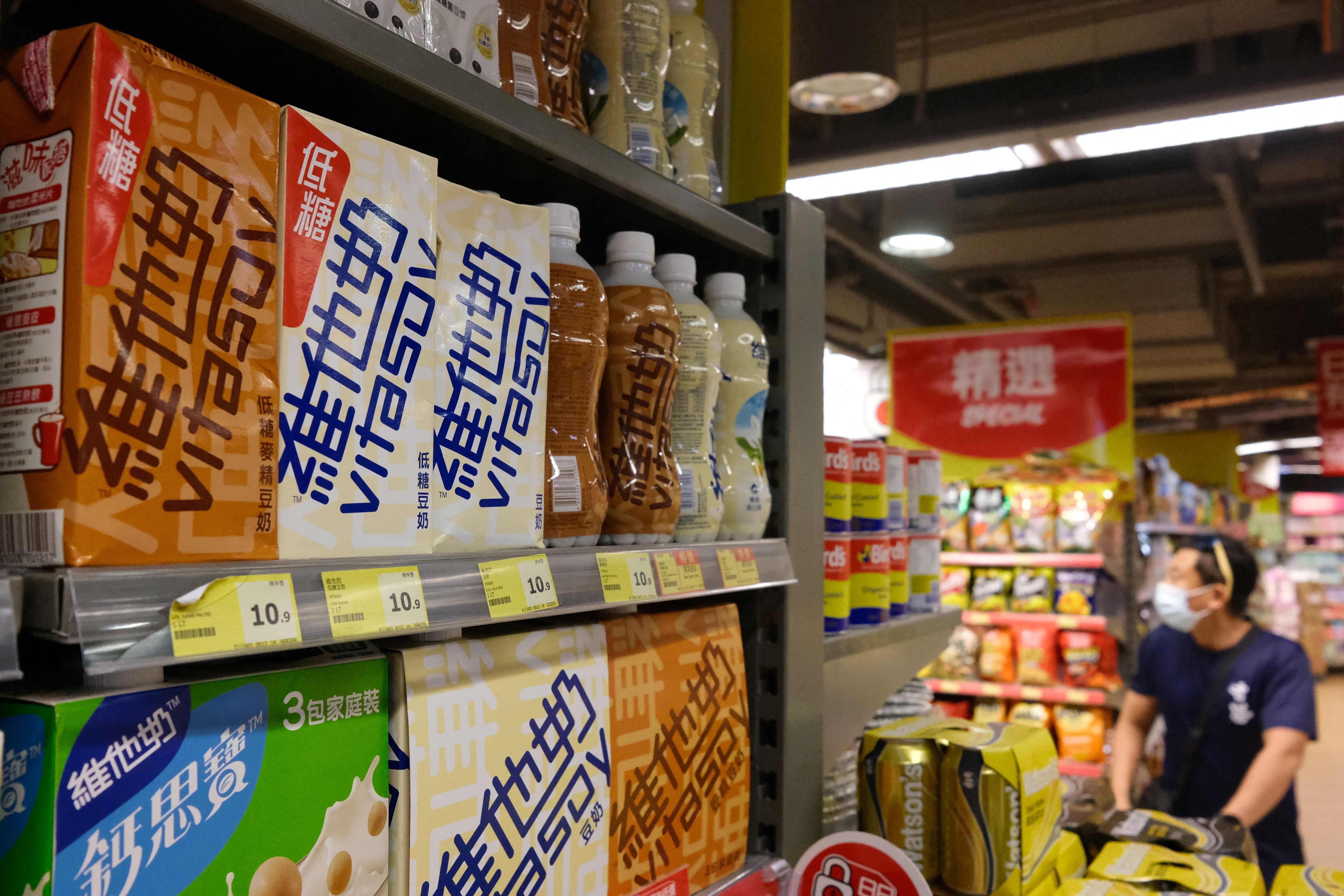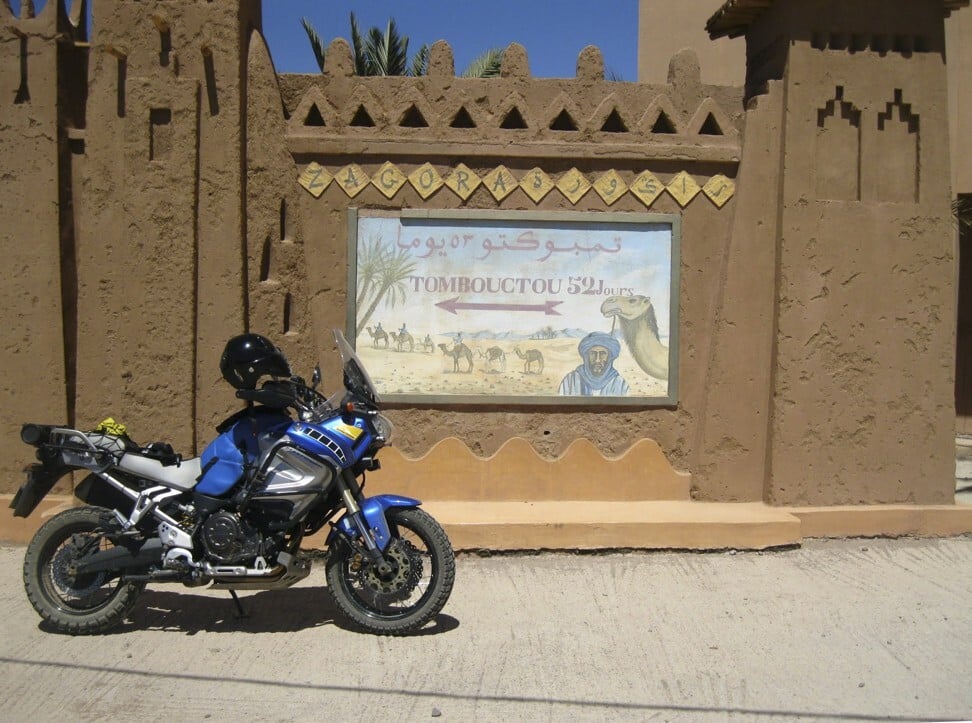TOPIC
Stories behind top Asian brands
Stories behind top Asian brands
From Tiger Balm and Po Chai Pills to Vitasoy and Camel flasks, many of the region's most famous brands have become symbols of Asia to the rest of the world. We chart the fascinating histories of Asia's top brands - their often humble beginnings, their ups and downs, and the ways they are facing the challenges of the future.
Advertisement
Advertisement
Advertisement
Help preserve 120 years of quality journalism.
SUPPORT NOWAdvertisement
Advertisement
Advertisement
Advertisement
Advertisement
Advertisement
Advertisement
Advertisement
Advertisement
Advertisement
Advertisement
Advertisement
